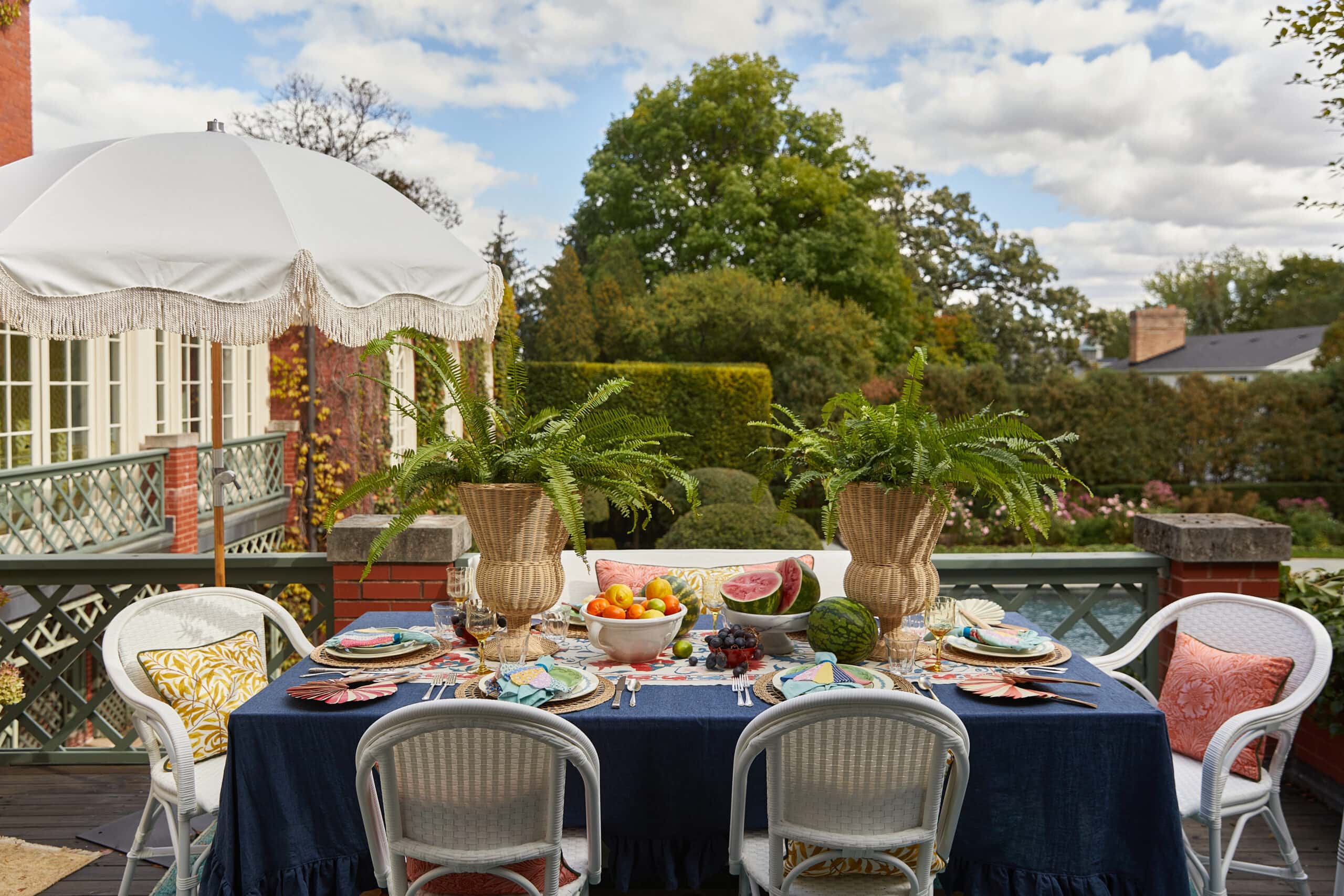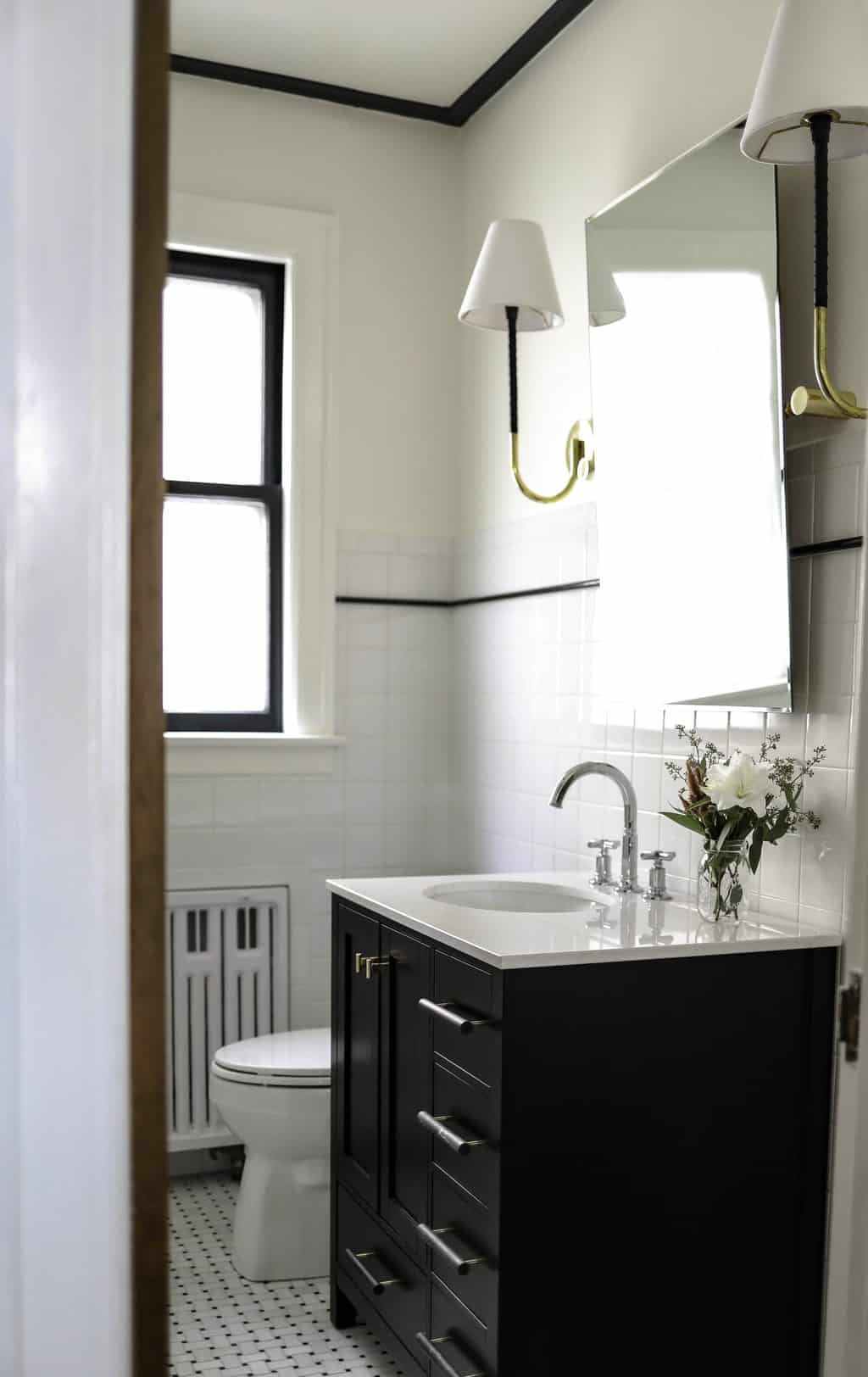Hello, I’m so excited to welcome you to the Centered By Design blog! I’ve spent the past six months developing my personal brand and business. I thought a fitting first post would be to explain and demystify this process. I think anyone can brand themselves or their small business idea. I’d love to share with you the insights I’ve learned during this process.
I am certainly not a branding expert, but I have a work history in marketing that includes brand management for notable organizations with strong brands, such as Habitat for Humanity and REI. I’m fascinated by the idea that our typography, color choices, tone, and messaging can have such an impact on how people perceive and respond to our brands.
Here is a mood board sample, which I created to help communicate the “feel” of my brand to the graphic designer creating my logo. I think whether digital or analog, getting your ideas and inspiration into a cohesive visual statement is important.
Step 1: List five adjectives that will help you define the tone of your brand. Then search for imagery in magazines, on Pinterest, or the web and create your mood board. My adjectives were Artistic, Organic, Down-to-Earth, Clean and Calming. I added my final logo into the board after the fact – but the brilliant part is that it looks like it was a part of the board all along! Arriving at a final design is not easy. It took three design rounds to get the logo right. See below for an earlier iteration (there were at least 20!). This is why it’s so important to define your tone. You can’t get side tracked only by what you respond to visually. You need to make sure that what you are creating represents what you are saying your brand represents. It sounds easy, but it’s kind of hard!
- Side note on creating a mood board. Don’t be intimated by fancy ones, just ripping pictures out from a magazine or creating a new Pinterest board is perfect! If you want to learn exactly how I did this board in Photoshop, you can take a Skillshare class. It was a little bit complicated at first, but it’s a skill I’m glad to have.

Mood boards are a quick way to visually communicate!

Here’s an earlier logo iteration. I loved the hexagon and font, but it did not aline as well with my brand message. It was deemed to bold and sharp.
Step 2: I encourage you to expand on your brand identity by writing a Creative Brief. This is simply a one-page document that further expounds on aspects of your brand. Sometimes it helps to write in the third person. Imagine you were trying to explain the brand/business to someone you’ve never met. You could include categories such as your background, company objective, target audience, market competitors, distinguishing characteristics, and other creative considerations. This information will not only help your graphic designer, but it can serve as a reminder to help you stay consistent/connected with your brand. Here are some examples from my brief:
-
Distinguishing Characteristics:
-
Background in the arts means Claire has an appreciation for handmade and artisan touches.
-
Claire is a unique combination of highly organized, entrepreneurial, creative, collaborator, down-to-earth, and calming presence.
-
-
Creative Considerations:
-
The color wheel is very inspirational to Claire, and the circle could also represent being “centered” to a client. Claire believes good design can make you feel more centered, more comfortable in your space, and happy too! Would be great for the graphic designer to explore ways to work the color wheel into the logo. Claire likes the painterly quality of the image she submitted.
-
Step 3: Get a few select outside opinions. When you are really close and connected to something it’s hard to be objective! Talk to a few people you trust, preferably people with graphic design or branding experience to see if what you’re saying resonates with them. Look for resources online, at your local community college, or entrepreneurial hub for classes or presentations to aid you in the branding process.
Okay – I hope this gets you started in the right direction! What do you think? Anything that I’m missing? Any branding experts out there who’ve got more tips?
Thanks for reading! I’m so excited my first official blog post is DONE.
XO, Claire
Leave a Reply

October 7, 2024
read the post
YOU MIGHT ALSO LIKE

April 17, 2024
read the post

September 2, 2021
read the post

August 24, 2021
read the post
Meet Claire
Claire’s creative energy comes from her unique perspective on the world as both a trained interior designer and a passionate yoga teacher. Her affinity for kitchen design, timeless style and eclectic decorating are shared here, along with lots of interior design education and tips. Thanks for being here, please enjoy!
[…] of Centered By Design explains why understanding what your brand represents is key, and shares examples of a mood board and a creative brief as tools to make sure your branding is […]